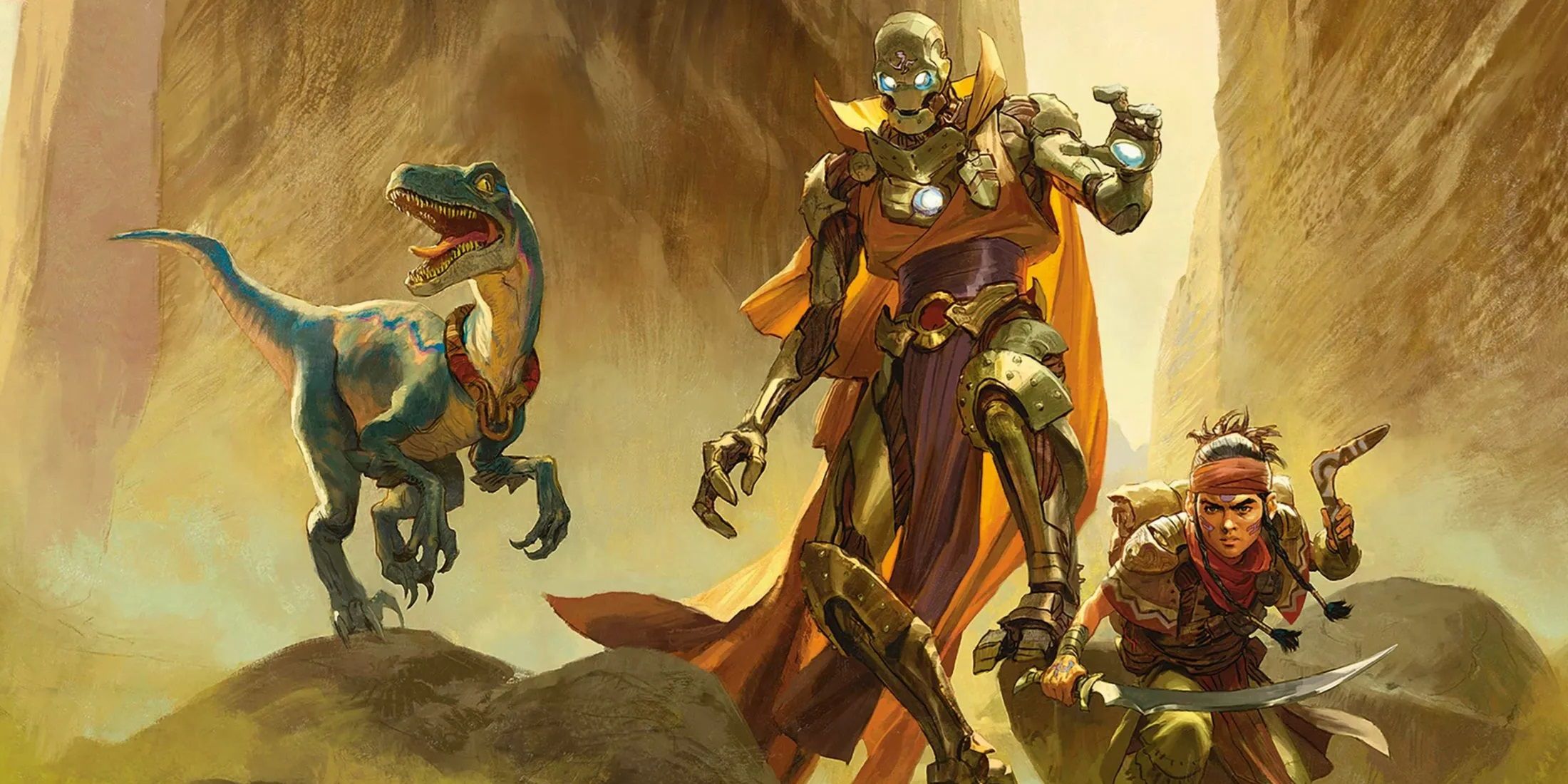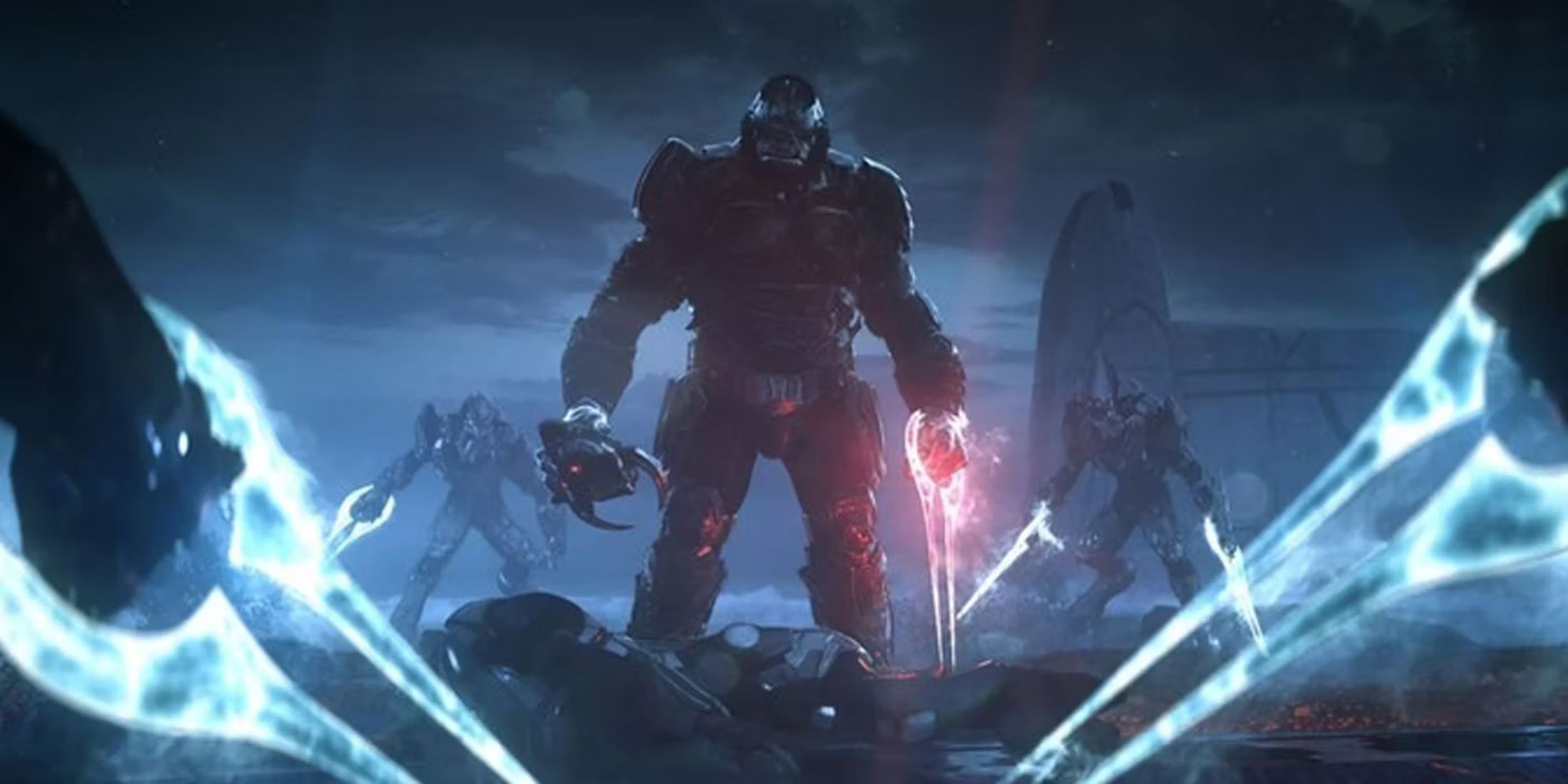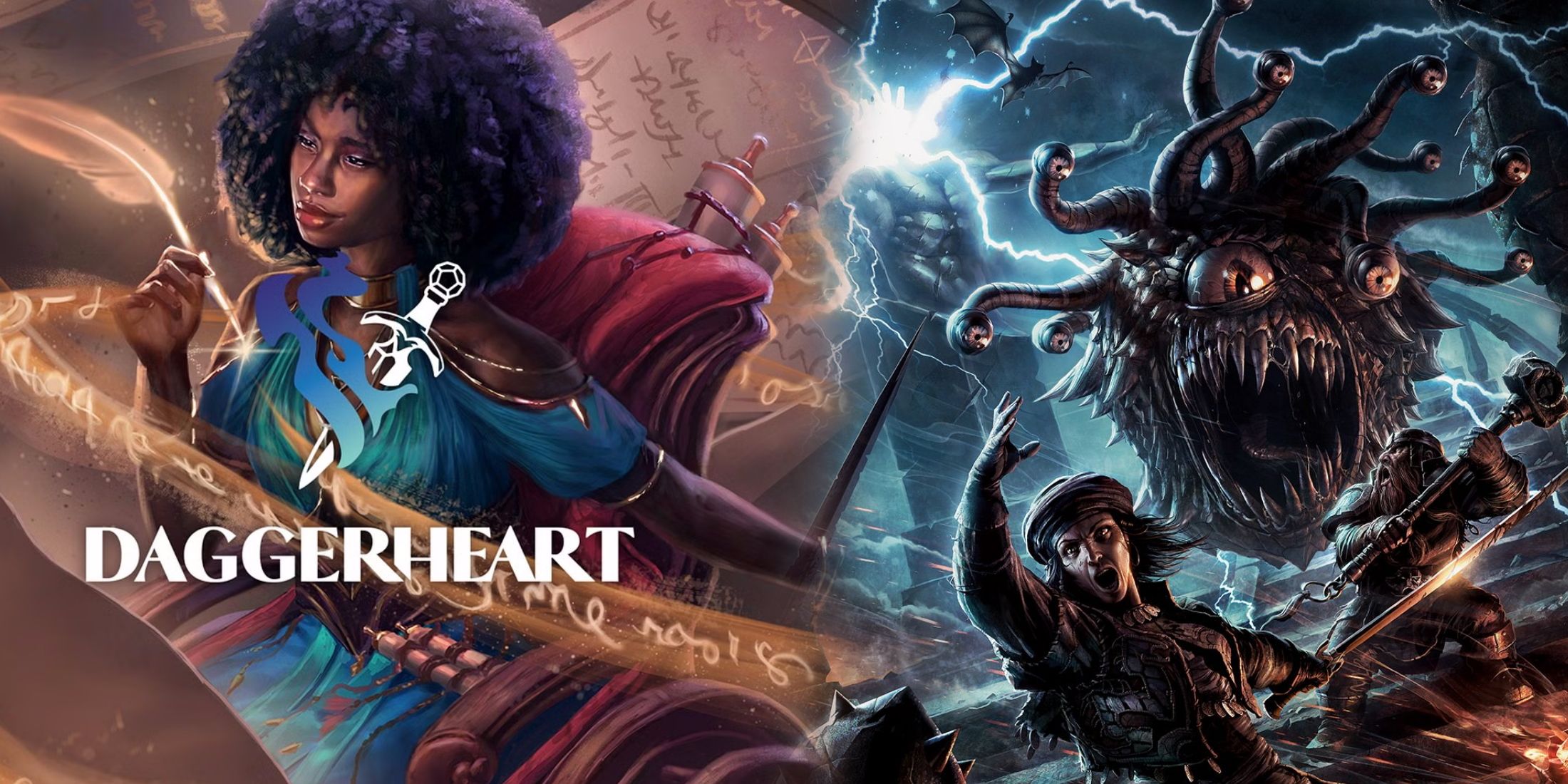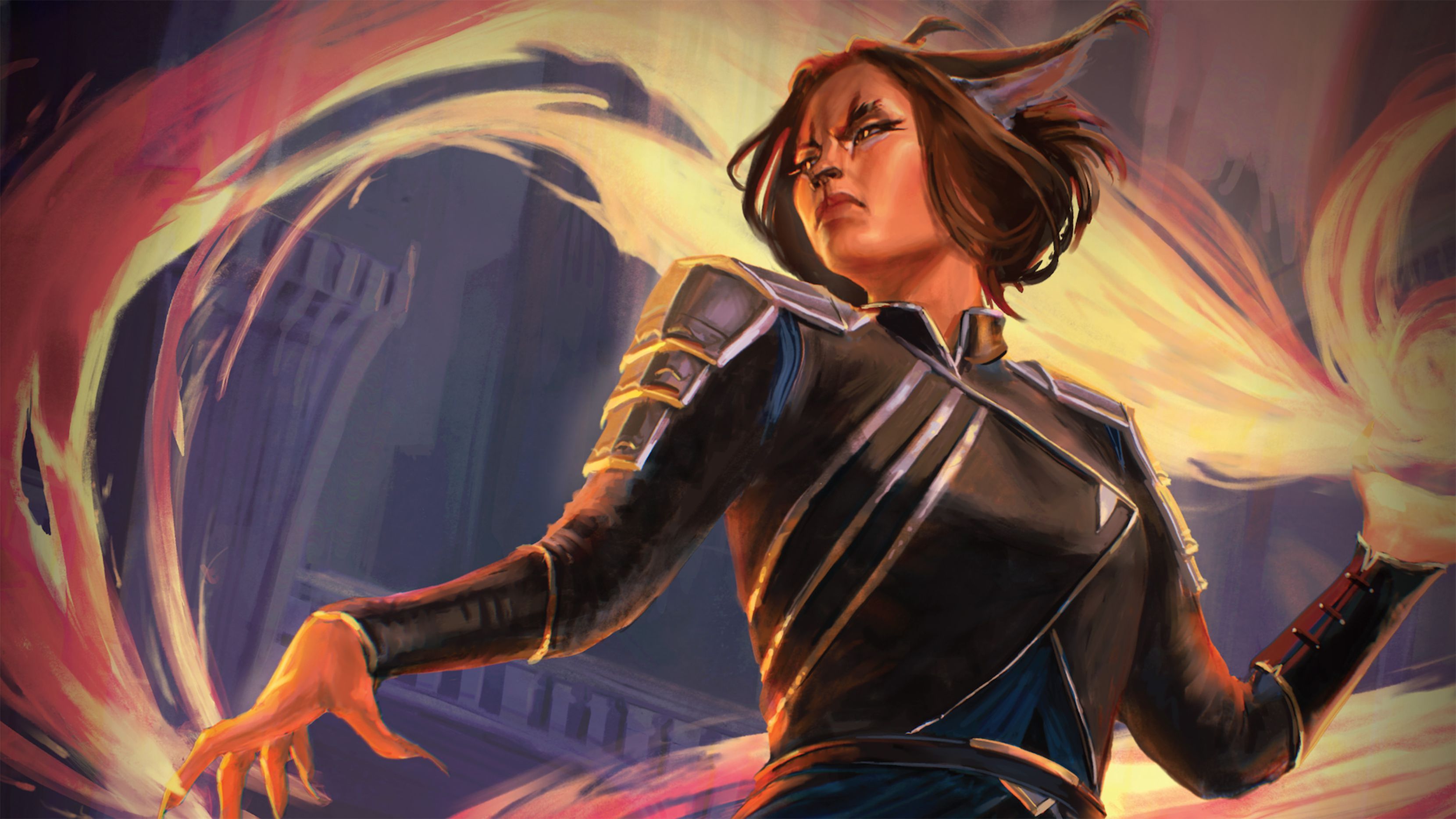Highlights
- Daggerheart introduces Duality Dice, Hope and Fear, for unique action rolls, adding new resource management and consequences for success or failure.
- Character creation emphasizes cards and thematic domains, offering unique combinations and abilities represented through a modular card system.
- Combat in Daggerheart overhauls traditional damage mechanics, introducing Hit Points, Damage Thresholds, and Stress for a fresh take on player survival options.
As a live-play show that has grown into a burgeoning franchise that now stretches across several mediums, Critical Role has enabled creator Matt Mercer and the rest of its cast to develop their own TTRPG. While the series is on its third campaign within an interpretation of the Dungeons and Dragons ruleset, it's predicted that the next will likely switch over to the original Daggerheart. It might maintain much of the basic structure that has allowed the cast of Critical Role to thrive in their roleplaying adventures, but this new game system has also demonstrated core differences that firmly set it apart from DnD.
Daggerheart's Duality Dice, Hope and Fear, replace the typical d20 system of Dungeons and Dragons. These are represented by two different colors of d12 used in the player's general "Action Rolls". The values of Hope and Fear are added for a total result, but whichever is bigger between the two adds another positive or negative modifier to the outcome of the raw success or failure. Succeeding with Hope also grants it as a resource with a cap of 6 stocks that can be used to help the player or an ally on their turn. Fear acts against the players in general, but is also used by the Game Master to gain resources for their own potential actions.

The Success of Dungeons & Dragons Paves Way For This Gothic TTRPG
Hollywood should turn to this gothic horror role-playing game after Dungeons & Dragons.
Daggerheart's Character Creation Showcases Its Emphasis on Cards
Classes and their Domain Combinations
Subclasses in Daggerheart are more unique than the set of base options that parallel DnD 5e's Classes, but each also consists of two thematic Domains that govern different areas of expertise. All of these choices are represented through the game's modular card system, and a new Domain-specific card containing its own ability is acquired with each level gained on the way to the cap of 10. Daggerheart's Classes and their respective Domains are:
- Bard (Grace and Codex)
- Druid (Sage and Arcana)
- Guardian (Valor and Blade)
- Ranger (Bone and Sage)
- Rogue (Grace and Midnight)
- Seraph (Splendor and Valor)
- Sorcerer (Midnight and Arcana)
- Warrior (Blade and Bone)
- Wizard (Splendor and Codex)
Ancestries and Communities Go Beyond Vanilla DnD
With 18 starting races, known as Ancestries, Daggerheart is set to launch with options that are usually only found in DnD's expanded sourcebooks. The likes of Galapa, Ribbet, and Fungril are some of the new takes on beast races that make up a sizable number of the choices, and their Communities further factor into gameplay. Acting as a more directly applicable take on DnD's Backgrounds, the Communities available to characters offer vastly different specific effects instead of simple point increases.
Dungeons and Dragons' Approach to Damage in Combat is Completely Overhauled in Daggerheart
Hit Points, Damage Thresholds, and Stress
There's a general sense of familiarity to Daggerheart's character creation process, but its approach to gamplay compared to how damage is handled in DnD is practically unrecognizable. Instead of a larger numeric value that can be reduced by damage calculations directly, characters have a default of six Hit Points which are reduced in increments of one, two, or three depending on how damage an incoming attack does relative to respective "Minor", "Major", and "Severe" thresholds. If incoming damage is below the Minor threshold, a point of Stress, another new resource, will be gained instead of Hit Point reduction. Once a character hits the cap of five Stress, even damage below the threshold will always take one Hit Point.
Player Death Options in Daggerheart
Elements such as gear and a new take on Ability Scores, known as Traits, are all meaningful changes, but the way Death works in Daggerheart shines as particularly novel. Ditching DnD's system of death and unconsciousness, there are three distinct choices for players who are on their last legs:
- Blaze of Glory: Automatic critical success on one action before dying
- Avoid Death: Survive, but risk gaining a Scar which permanently takes away 1 Hope slot
- Risk It All: Roll Duality Dice, survive and regain Hit Points/lose Stress if Hope is higher or tied, die if Fear is higher
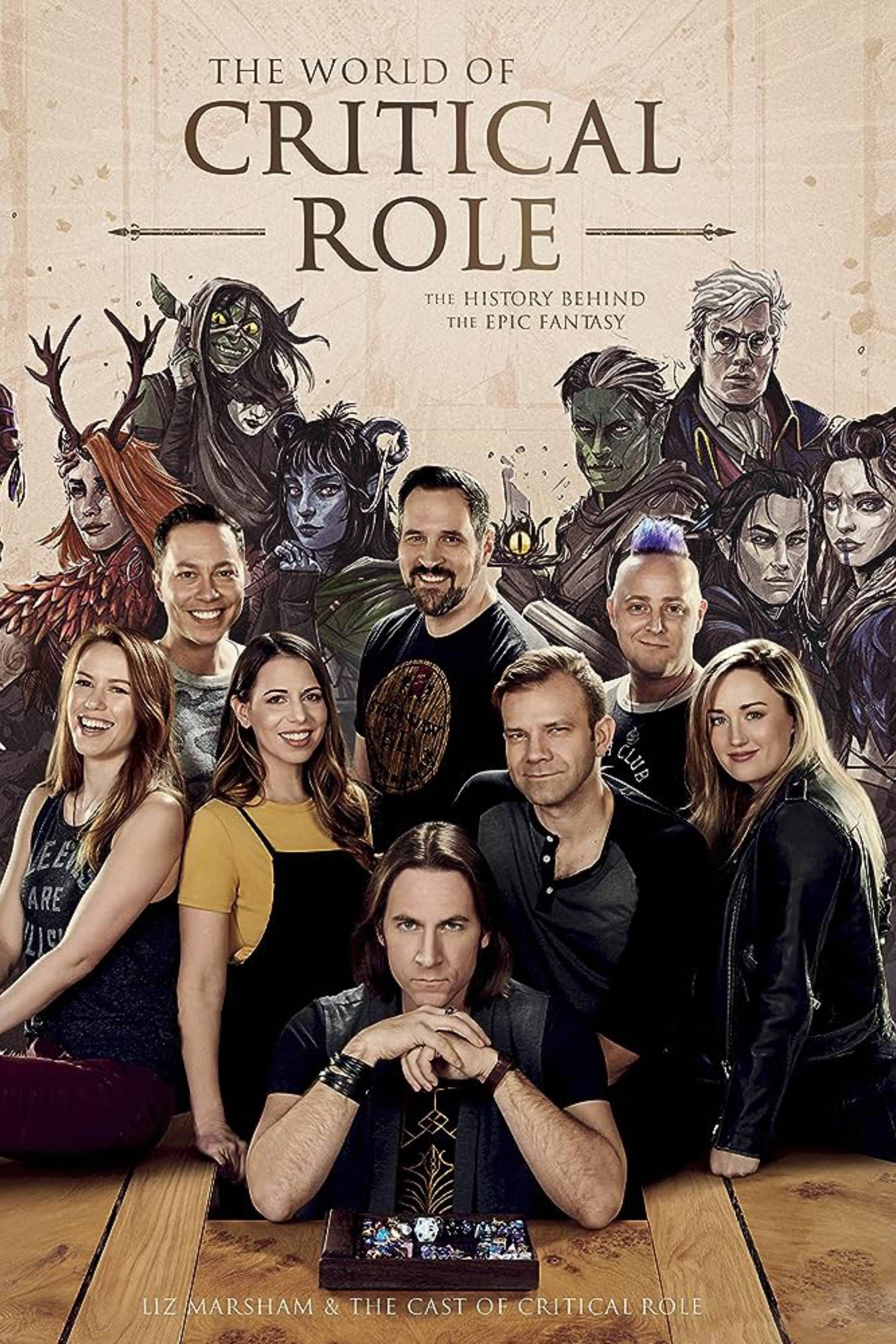
Critical Role
- Release Date
- March 12, 2015
- Seasons
- 3 (Campaigns)
- Based On
- Dungeons & Dragons 5th edition
- Number of Episodes
- 200+
- Streaming Service(s)
- YouTube

